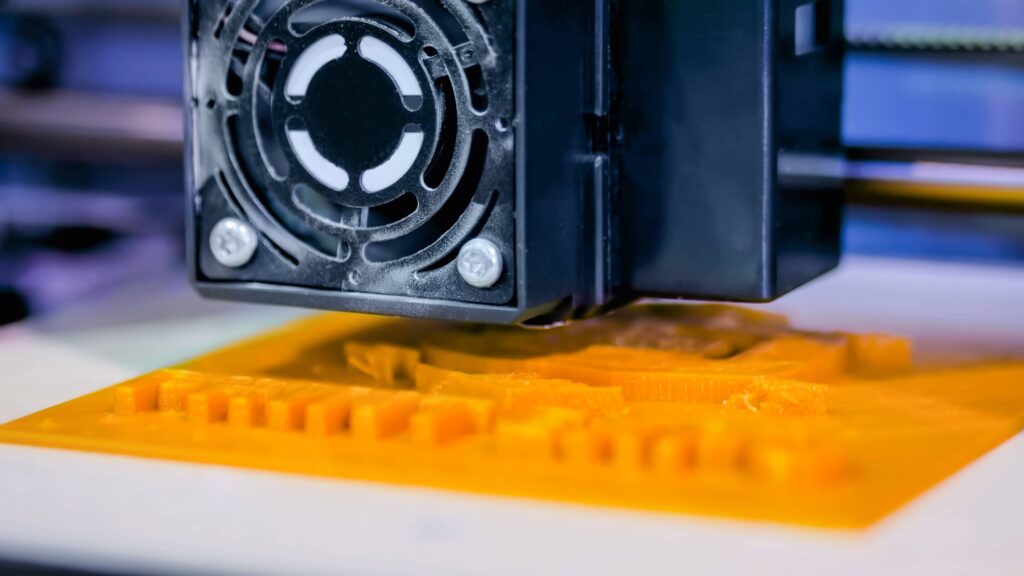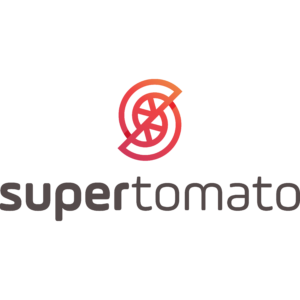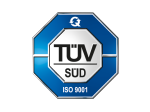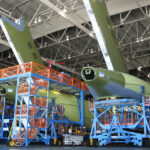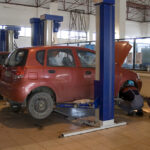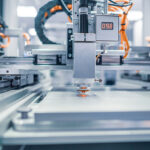In the modern landscape, 3D printing has emerged as a transformative technology. Its ability to fabricate intricate designs with precision and speed has revolutionized various industries, from aerospace and automotive to healthcare and fashion.
If you’re new to the world of 3D printing, navigating through the myriad of technologies can be daunting. In this beginner’s guide, we’ll delve into three prominent types of 3D printing: Stereolithography (SLA), Selective Laser Sintering (SLS), and Direct Metal Laser Sintering (DMLS).
Stereolithography (SLA)
Stereolithography, often abbreviated as SLA, is one of the earliest forms of 3D printing technology, dating back to the 1980s. It operates on the principle of photopolymerization, wherein a photosensitive resin is cured layer by layer using an ultraviolet (UV) laser. Here’s a simplified breakdown of the SLA process:
- Preparation: The process begins with the creation of a digital 3D model using computer-aided design (CAD) or modelling software.
- Printing: A vat of liquid resin is exposed to a UV laser, which selectively solidifies the resin according to the cross-section of each layer. The build platform gradually moves upward as each layer is cured, eventually forming the desired object.
- Post-Processing: Once the printing is complete, the object is removed from the build platform and rinsed in a solvent to remove any uncured resin. Depending on the complexity of the design, additional curing or finishing processes may be required.
SLA 3D printing offers several advantages, including high resolution, smooth surface finish, and the ability to produce intricate geometries. However, it is more expensive.
Selective Laser Sintering (SLS)
Selective Laser Sintering, or SLS, is a powder bed fusion technology commonly used to produce functional prototypes, end-use parts, and tooling components. Unlike SLA, which uses liquid resin, SLS utilizes powdered materials, such as nylon or thermoplastic polyurethane (TPU). Here’s how the SLS process works:
- Powder Bed: A thin layer of powdered material is spread evenly across the build platform.
- Laser Sintering: A laser selectively fuses the powdered material based on the 3D model. The unfused powder acts as a support structure during printing.
- Building Layers: Once each layer is sintered, the build platform lowers by one layer thickness, and a fresh layer of powder is spread across the build area. This process repeats until the entire object is formed.
- Cooling and Retrieval: Once printing is complete, the object is allowed to cool within the powder bed. Excess powder is then removed, revealing the finished part.
SLS offers several advantages, including the ability to print complex geometries without needing support structures, high strength and durability, and the versatility to work with a wide range of materials. However, SLS systems create slightly rougher surfaces and are slower than SLA.
Direct Metal Laser Sintering (DMLS)
Direct Metal Laser Sintering, or DMLS, specifically targets metal materials. It is widely used in aerospace, automotive, and medical industries to produce high-strength metal components with complex geometries. Here’s a brief overview of the DMLS process:
- Metal Powder: Similar to SLS, DMLS begins with a thin layer of metal powder spread across the build platform. Common materials used in DMLS include aluminium or titanium powder.
- Laser Melting: A high-powered laser selectively melts the metal powder according to the cross-section of each layer, fusing the particles together to form a solid object. The process takes place in a controlled environment with inert gas to prevent oxidation.
- Layer-by-Layer Construction: After each layer is melted, the build platform lowers, and a new layer of metal powder is spread across the build area. This process repeats until the entire metal component is fabricated.
- Post-Processing: Once printing is complete, the metal part undergoes several post-processing steps, including heat treatment, machining, and surface finishing, to achieve the desired mechanical properties and surface quality.
DMLS offers unparalleled advantages in terms of producing fully dense, high-quality metal parts with excellent mechanical properties, including strength, ductility, and corrosion resistance. However, it requires specialized equipment and expertise and is typically more costly than other 3D printing methods.
Conclusion
In conclusion, Stereolithography (SLA), Selective Laser Sintering (SLS), and Direct Metal Laser Sintering (DMLS) are three prominent types of 3D printing technologies, each offering unique capabilities and applications. As you venture into the world of 3D printing, understanding these different technologies will help you choose the most suitable method for your specific application, whether it’s rapid prototyping, low-volume production, or creating bespoke metal parts. With continuous advancements in materials science and additive manufacturing techniques, the possibilities of 3D printing are limitless, shaping the future of manufacturing and design.
Monster Builder is a trusted metal fabrication and machining company offering sheet metal fabrication, CNC machining, and 3D printing services. Do reach out to us if you’re interested.

